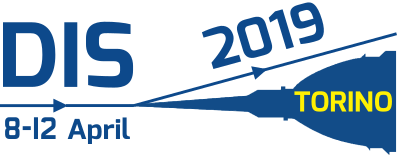Speaker
Description
Understanding the properties of nuclear matter and its emergence through the underlying partonic structure and dynamics of quarks and gluons requires a new experimental facility in hadronic physics known as the Electron-Ion Collider (EIC). A US-based facility capable of colliding high-energy polarized electron and ion beams at high luminosity has been envisaged for a long time and articulated as the highest priority for new construction following the completion of the Facility for Rare Isotope Beams (FRIB) at Michigan State University.
The EIC will address some of the most profound questions concerning the emergence of nuclear properties by precisely imaging gluons and quarks inside protons and nuclei such as the distribution of gluons and quarks in space and momentum, their role in building the nucleon spin and the properties of gluons in nuclei at high energies. Two facility concepts have been presented to address these conditions, at Brookhaven National Laboratory and Jefferson Laboratory taking advantage of existing accelerator infrastructure and accelerator expertise.
The US Department of Energy requested the review of the science case of a future EIC program by the US National Academy of Sciences (NAS). This review process started in January 2017 and concluded with the release of a report which was publicly presented on July 24, 2018, stating that `the committee unanimously finds that the science that can be addressed by an EIC is compelling, fundamental and timely'.
The status and perspectives of a US-based EIC facility will be discussed in this presentation.
